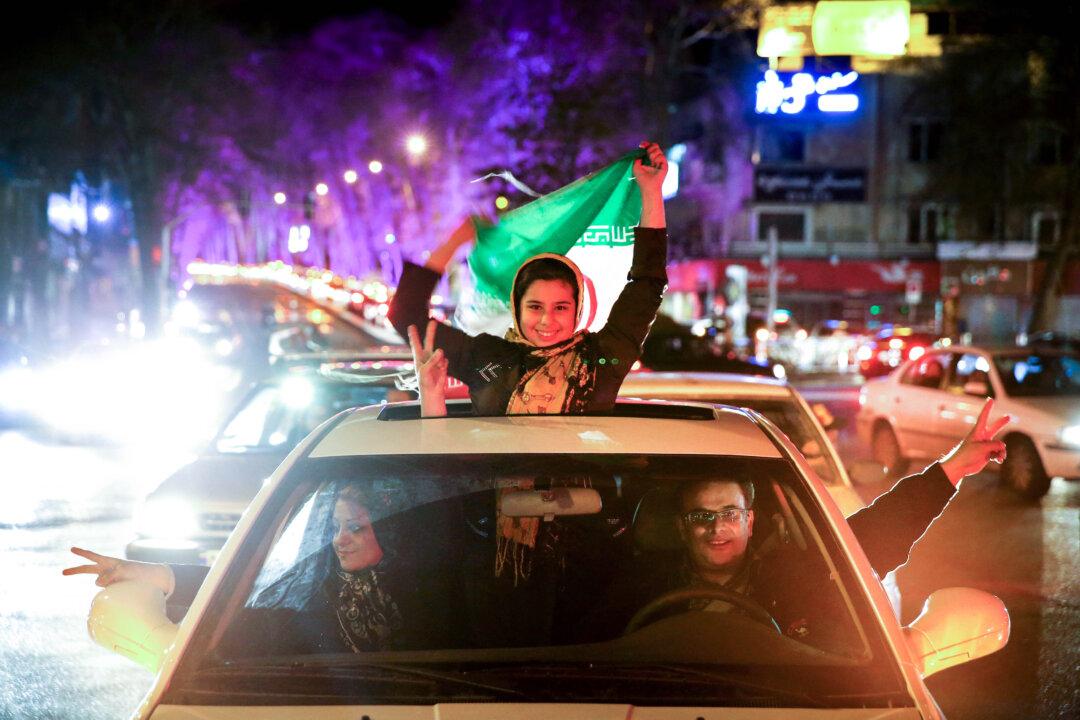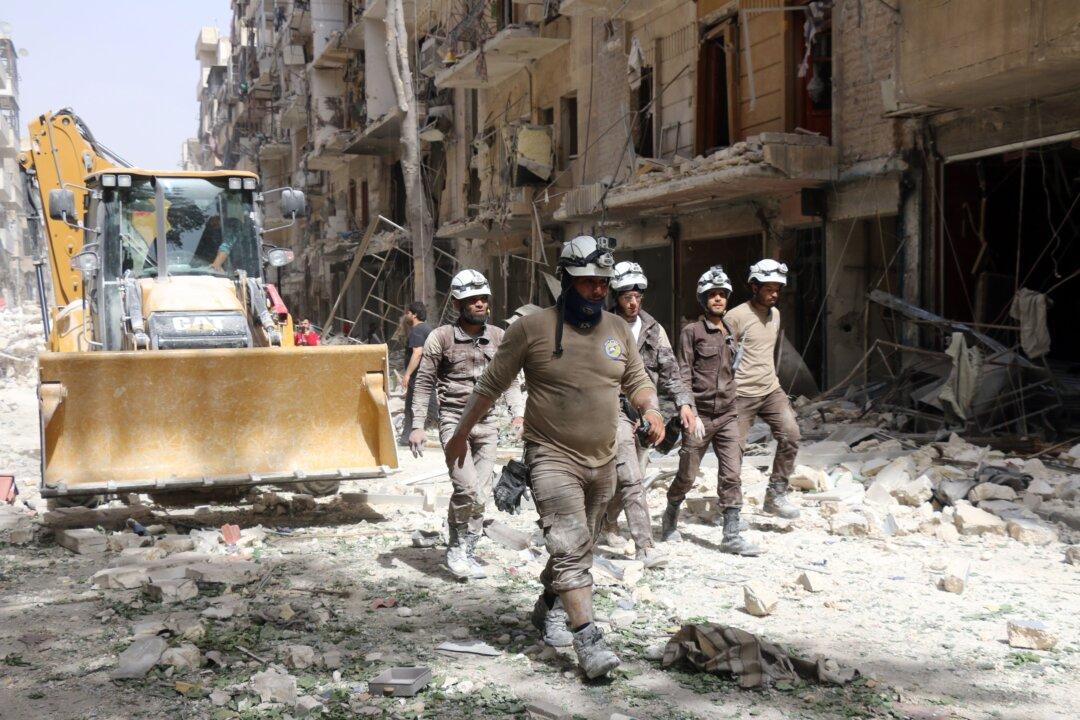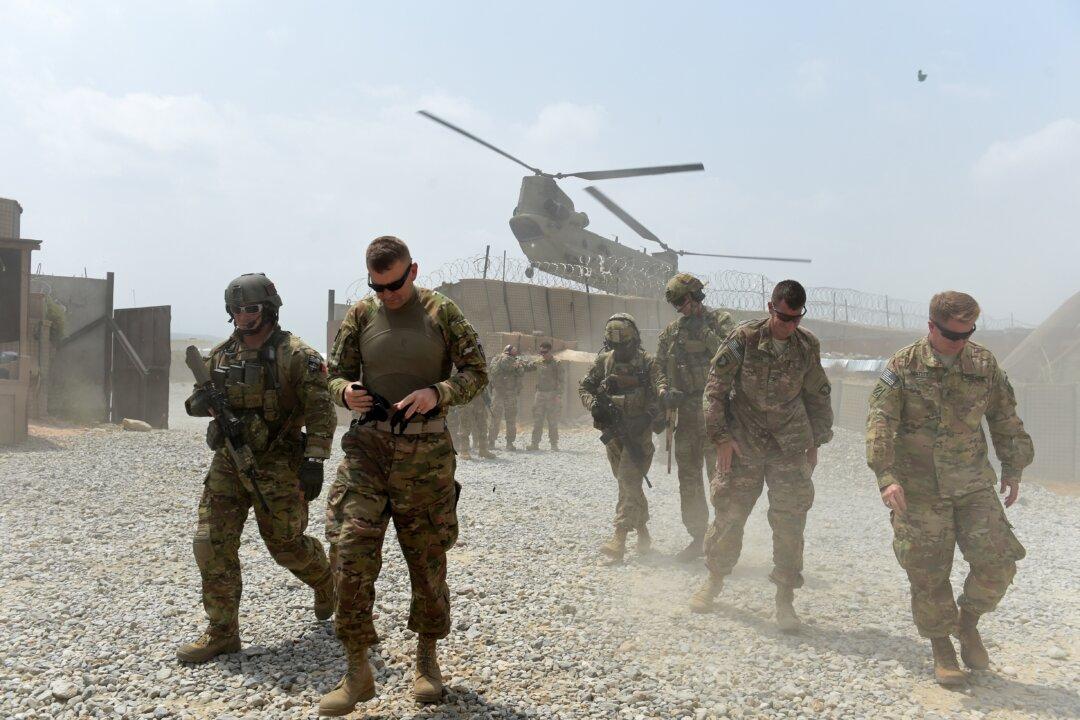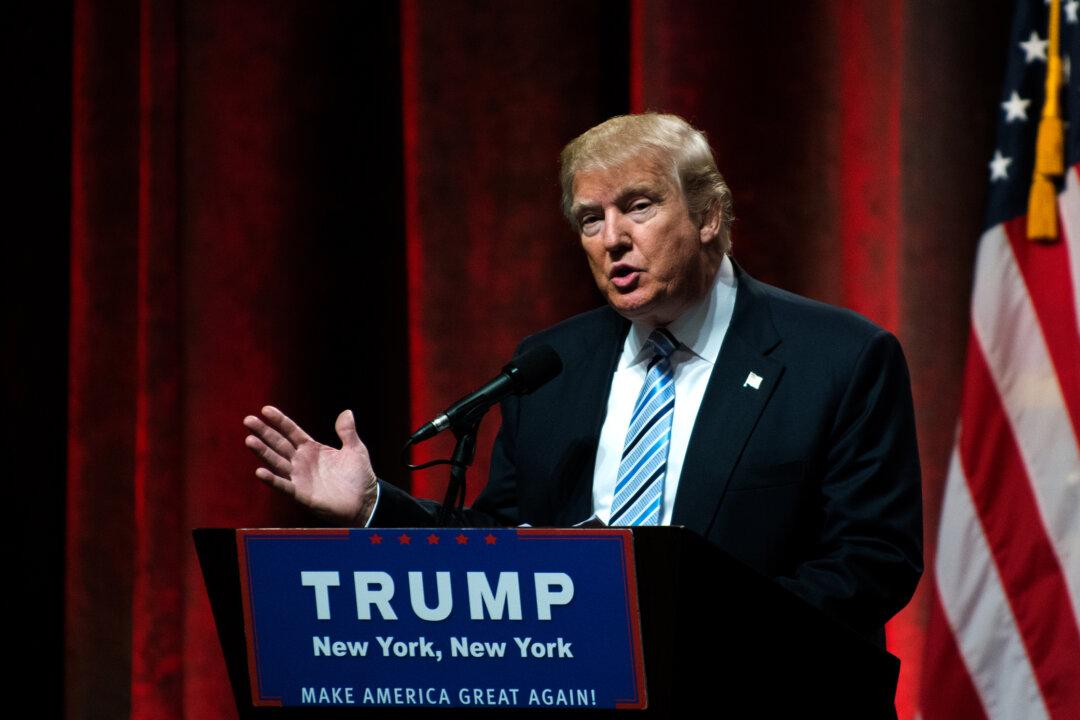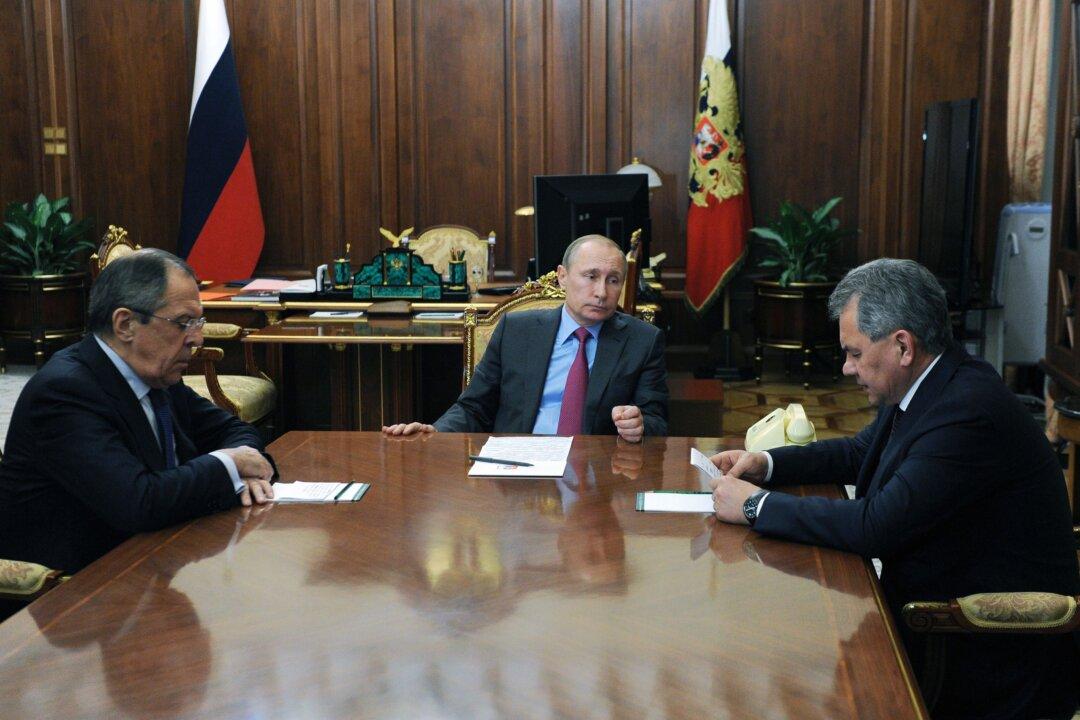Finally, after years of diplomacy and brinkmanship, the long-awaited nuclear deal with Iran has been done. There is jubilation in the streets as Iran’s people, who have struggled under the weight of western sanctions for decades, are waking up to the prospect of a brighter economic future.
It’s a big win for the US and a major foreign policy success for Barack Obama and John Kerry. But above all, this is a triumph for Iran’s president Hassan Rouhani. He has staked his political future on a deal that means economic salvation and paves the way for his policy of “engagement” bringing Iran in from the geopolitical cold.
So what happened? The US and its European allies, through sustained pressure as well as dialogue, got a series of Iranian concessions to put the framework in place. If the deal is completed and all the details settled in the next three months, Washington will have restricted Iran’s nuclear programme for at least 15 years, with a system of inspections and supervision to maintain the limits and renewed sanctions if Tehran tries to break out of the commitments.
How big a victory does this really represent? Last year, Iran’s supreme leader, Ali Khamenei, said that Iran must have a capability in uranium production of 190,000 separative work units by 2021. Last night, his negotiators accepted a ceiling of 5,000 SWUs until 2025.
US Pressure Pays Off
Contrary to doom-mongering from some critics, Iran had already taken its programme far away from the work needed to produce a bomb. Since 2013, Tehran had either diluted most of its 20% uranium stock – which has to be enriched further to more than 90% for a nuclear weapon – to the 5% level or converted it to oxide powder and even fuel plates, which cannot be used in a military effort. The Islamic Republic had restricted itself to 40-year-old IR-1 centrifuges; the more advanced IR-2s, installed in early 2013, never went online.
Still, the US and Europeans pressed with a somewhat arbitrary technical line — arbitrary because it is not based on precise measurements, but a series of assumptions about capability — you must not have any prospect of “break-out” for a single nuclear bomb within a year.
Last night, after weeks of intense discussions, Iran’s negotiators gave way and agreed to the following terms:
They reduced their operating centrifuges by 50% – an even deeper cut than that reportedly in the draft document a month ago – and promised to hold that level for 10 years.
They promised no enrichment of uranium beyond 3.67% for 15 years.
They put the IR-2 models in storage, overseen by the International Atomic Energy Agency.
They promised to halt all enrichment at their second plant at Fordoo, converting it to a “research facility” but accepting no research and development “associated with enrichment”.

